“You ain’t heard nothin’ yet”: Al Jolson sings
“The Jazz Singer,” released in 1927, was the first commercially successful “talking motion picture.” One of the most iconic moments in movie history occurs in this film when Al Jolson on stage, turns to his enthusiastic audience and says, “Wait a minute! You ain’t heard nothin’ yet!” This promise of even more exciting entertainment to come is fulfilled as he sings “Toot-toot-tootsie” using moves that could have made Elvis Presley and Michael Jackson jealous. The effect is electrifying.
Known as “The World’s Greatest Entertainer” during his lifetime, Al Jolson’s life story (on which the movie was based) tells of a young Jewish boy who is driven to become a Pop singer despite the fact that his Orthodox father wants him to be a Cantor.
Who would think that a Jewish child born in anti-Semitic Tsarist Russia could become an American entertainment icon whose fame would continue to flourish more than 50 years after his death?
When Asa Yoelson was only four years old his father became a rabbi and left his family and the old country to find a better life. After four years the Rabbi found a position in Washington D.C. and his family joined him. Tragically Asa’s mother died in 1895 only a short time after her arrival in the USA.
Embracing their “American” identities, young Asa soon became known as Al and his older brother Hirsh became Harry. The boys were obsessed with show business and by 1901 they were getting bookings in burlesque and vaudeville.
In 1904 Al, now known as Al Jolson, was called upon to fill-in for a performer in a blackface vaudeville comedy show. Blackface, an important performance tradition in the American theater beginning around 1830 can now be seen as racist and offensive. But to young Al Jolson it was a blessing. Hidden behind the make-up, he found that he could give a freer, more energetic performance. When this chance opportunity was well-received by the audience and critics, he soon decided to continue using blackface. The spontaneity and freedom he felt when in blackface elevated his performance and his fame.
In 1911 Jolson had his Broadway debut. His rendition of George M. Cohan’s Haunting Melody in the show “Vera Violetta “made him a Broadway star.
This was followed by other Broadway musicals and other hits for Jolson including You Made Me Love You in 1913 where he sang the final chorus pleading on one knee, a pose he would assume many times over in his career; Rock-a-Bye Your Baby With a Dixie Melody (1918); and George Gershwins’s Swanee (1918).
To hear all 55 songs in the JSA’s collection, click here. This collection of songs originally recorded by Al Jolson on 78 rpm discs between 1911 and 1919 was digitized and compiled by The Judaica Sound Archives at Florida Atlantic University Libraries. These albums are not available for sale or reproduction.
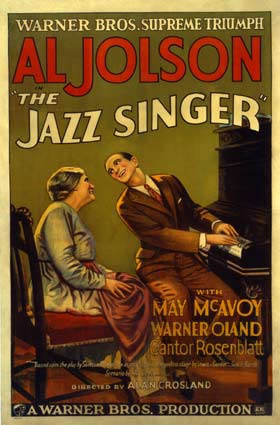

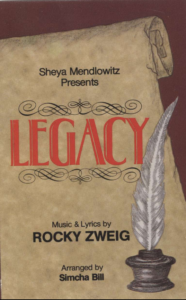

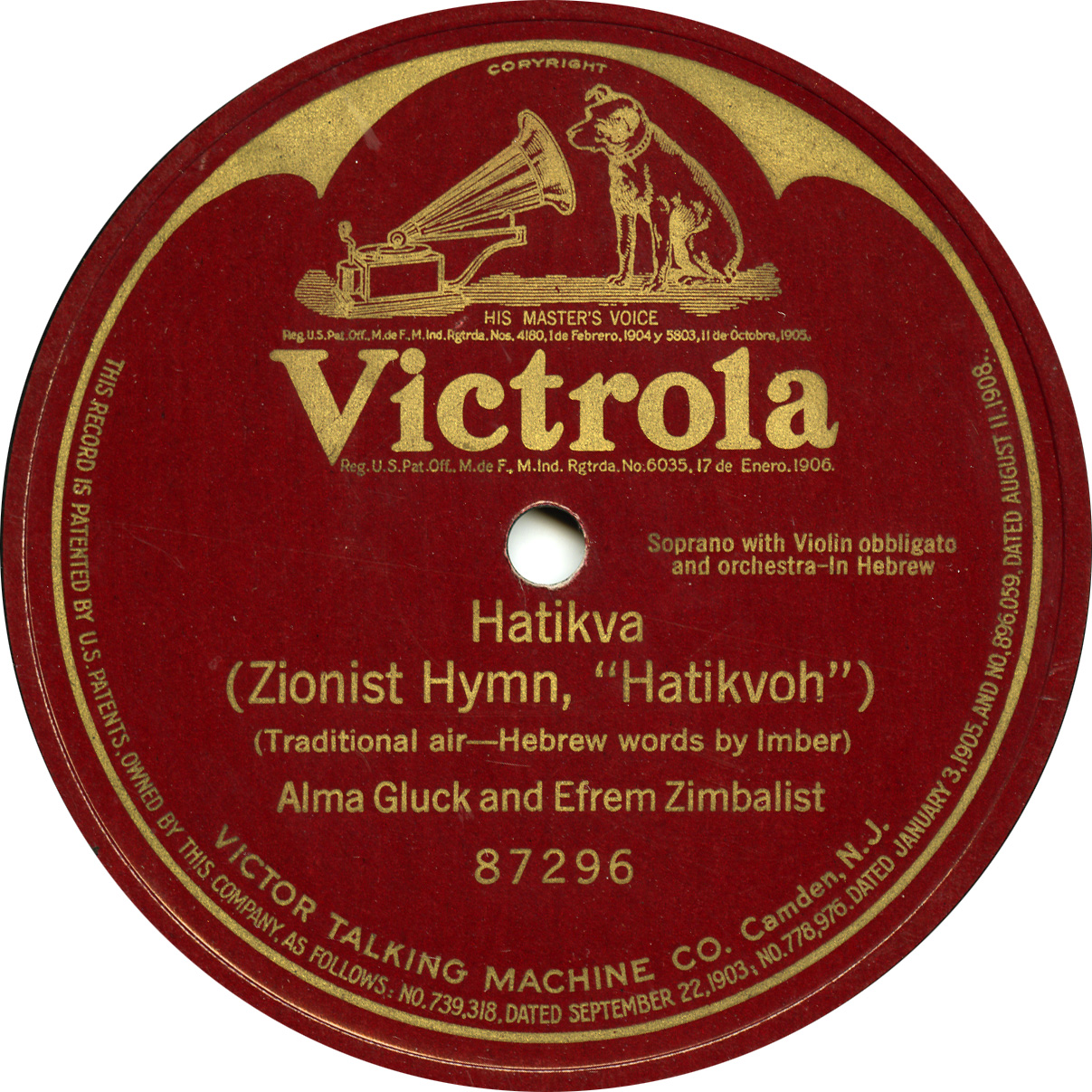
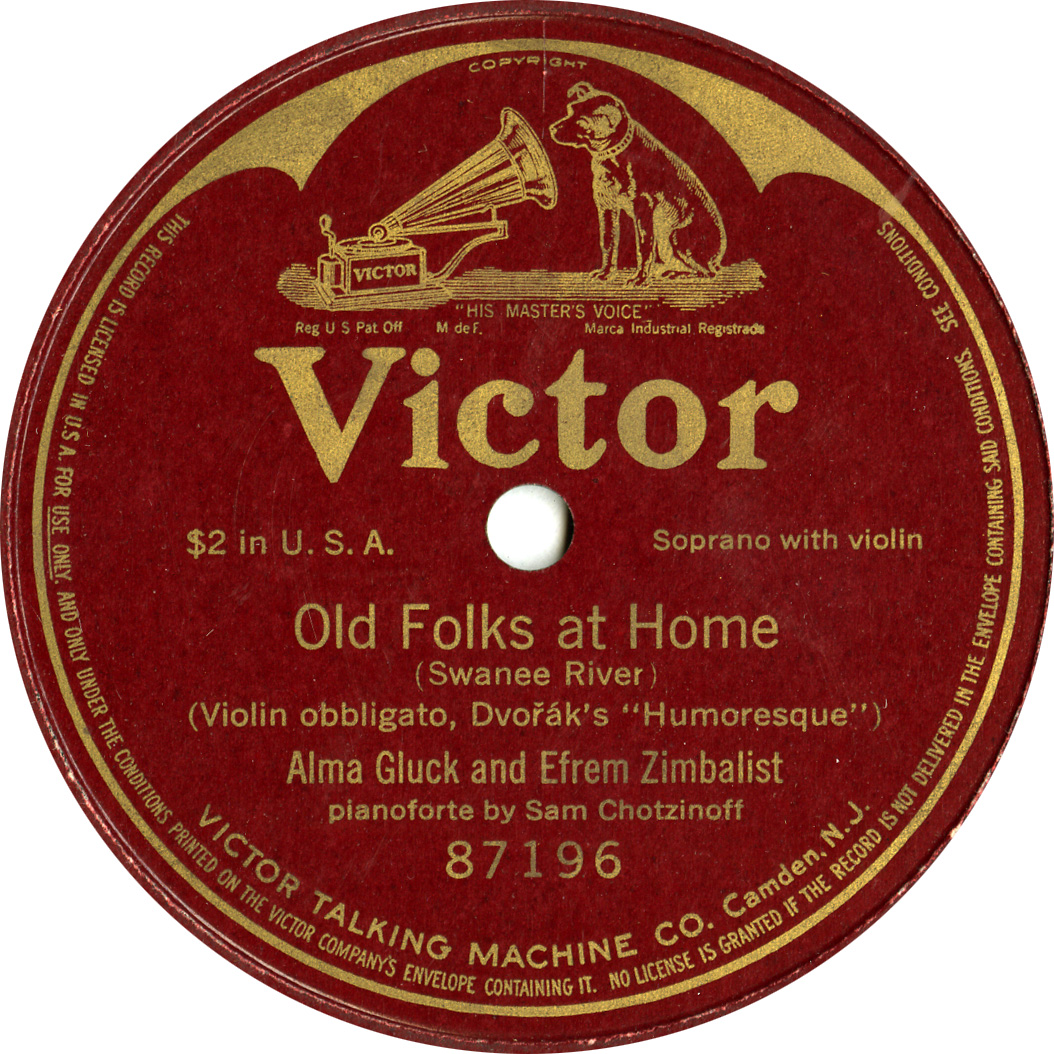
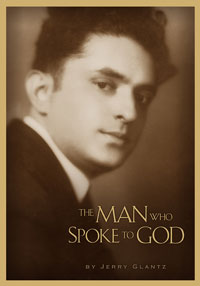

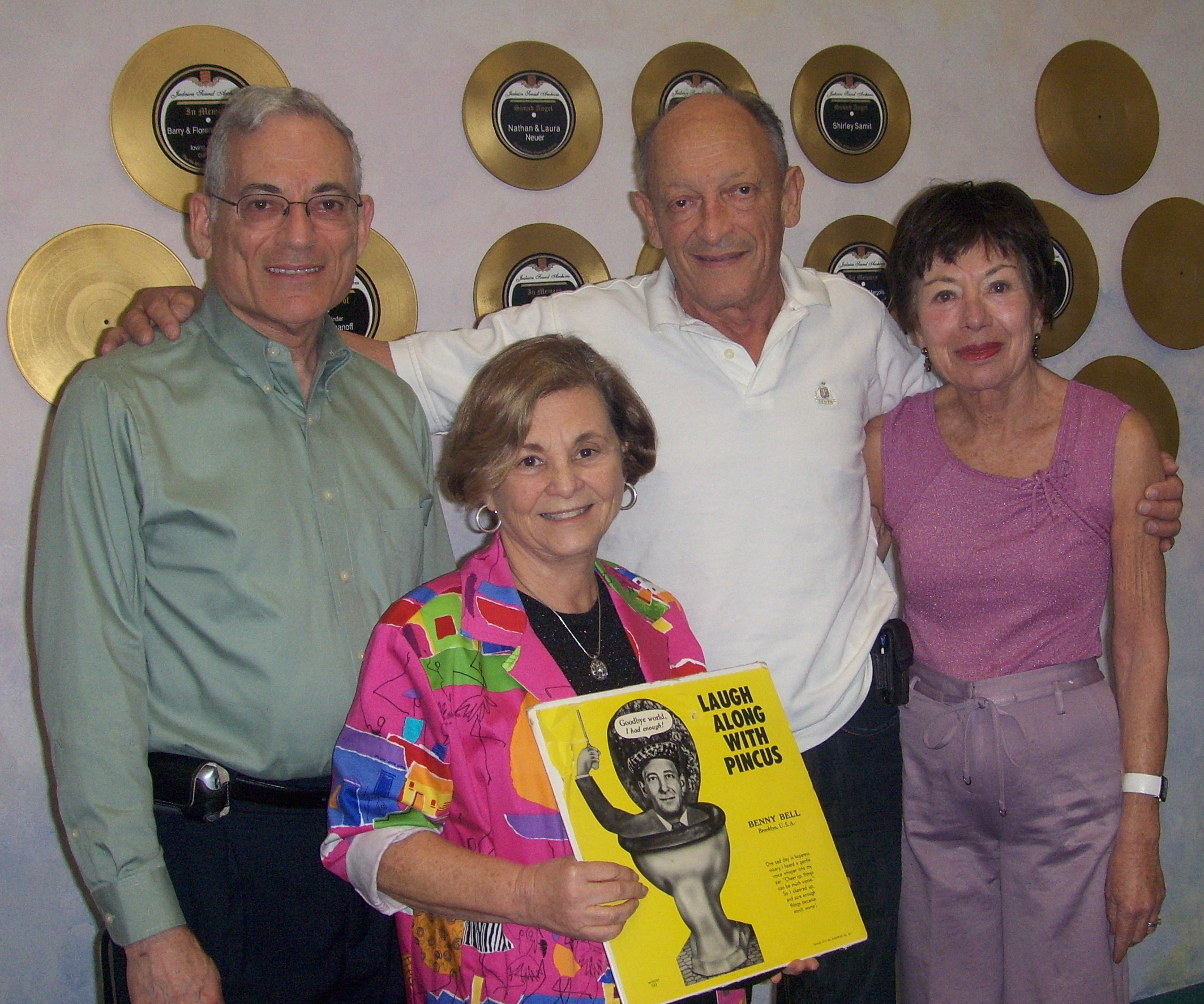
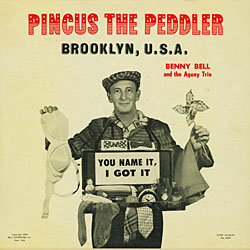
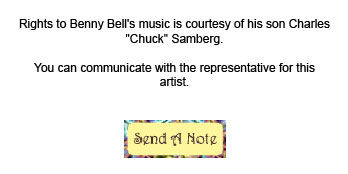
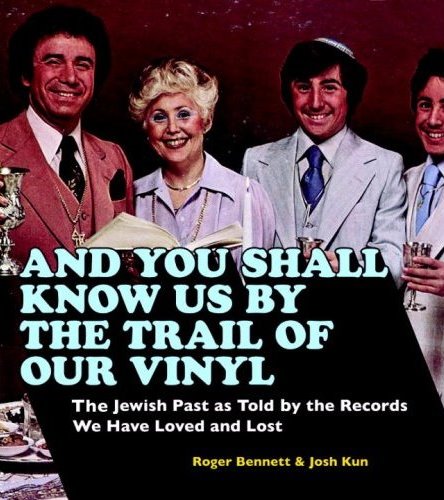
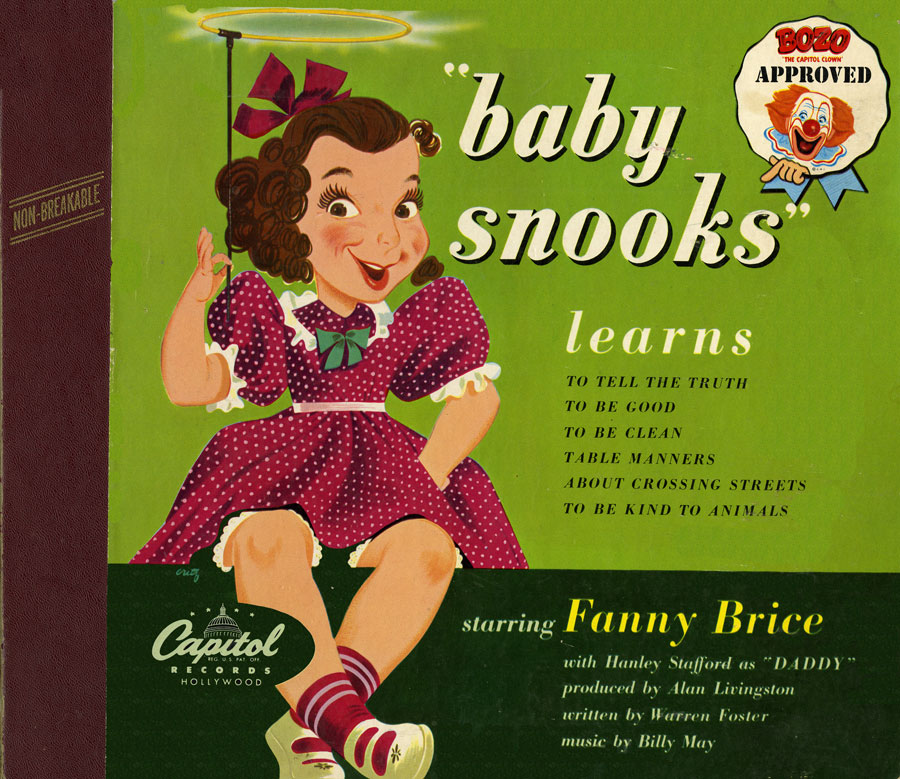 You might be able to imagine the excitement that is generated at the Judaica Sound Archives whenever we uncover a genuine piece of history. Today I will share with you three 78 rpm albums from the Jack Saul Collection which have sitirred up some nostalgia here at the JSA.
You might be able to imagine the excitement that is generated at the Judaica Sound Archives whenever we uncover a genuine piece of history. Today I will share with you three 78 rpm albums from the Jack Saul Collection which have sitirred up some nostalgia here at the JSA.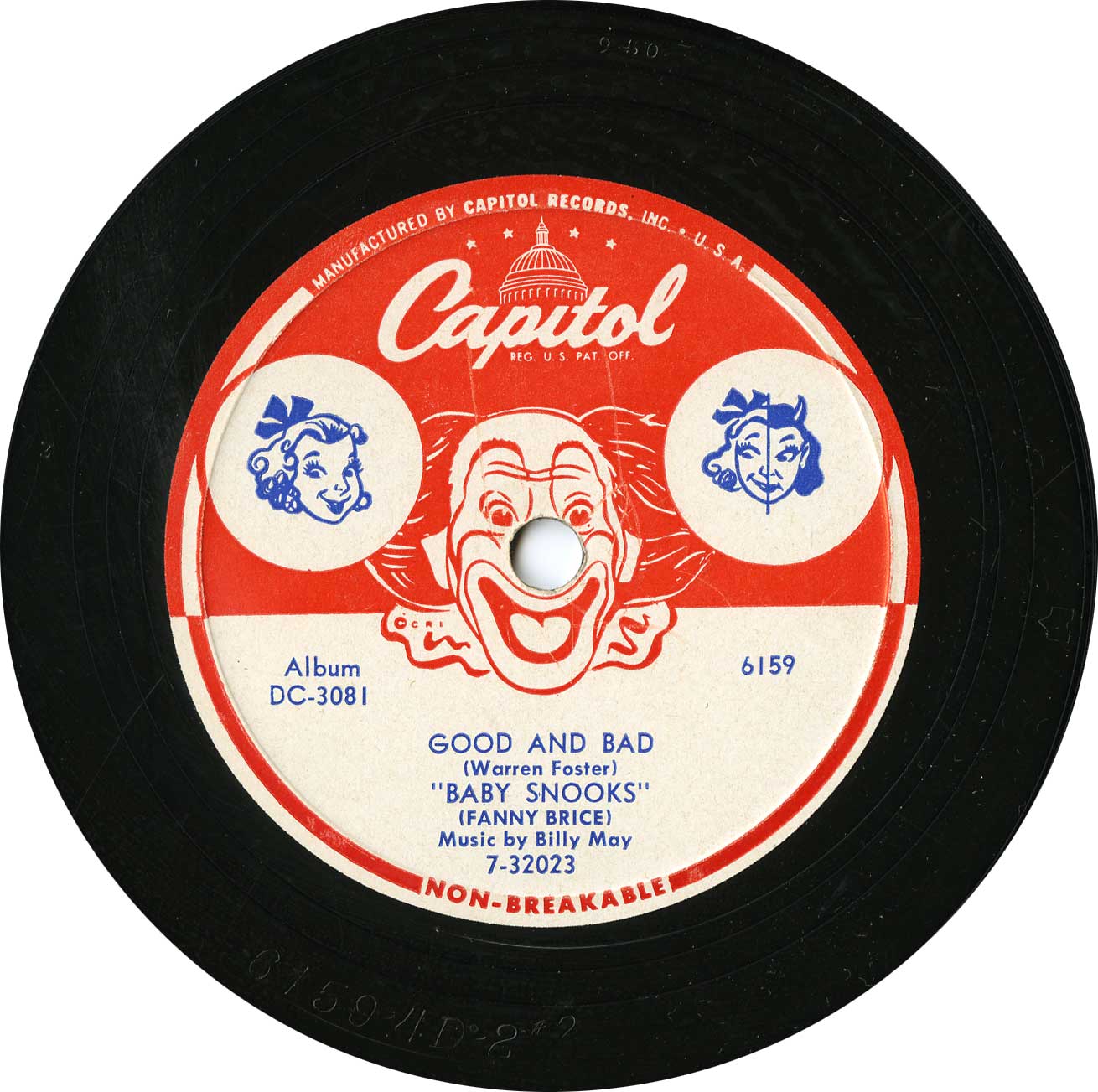
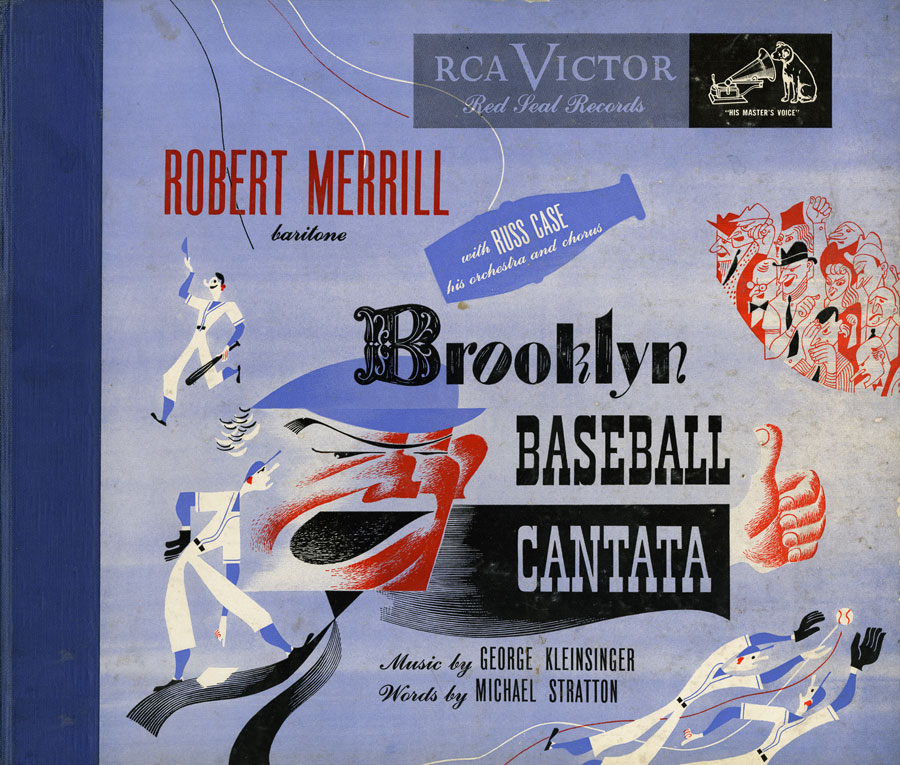 enduring and acclaimed baritones. He was also a famous baseball fan who often sang the National Anthem on opening day at Yankee Stadium.
enduring and acclaimed baritones. He was also a famous baseball fan who often sang the National Anthem on opening day at Yankee Stadium.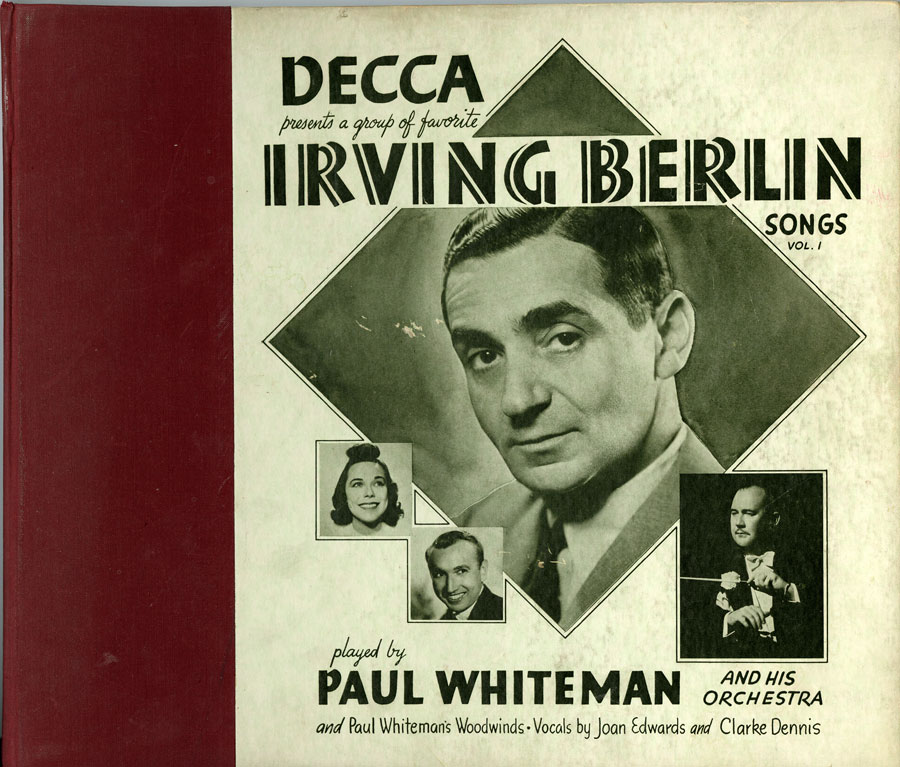 (3) Paul Whiteman secured his place in history in 1924 when he commissioned and introduced George Gershwin’s Rhapsody in Blue. Irving Berlin has been called “the greatest of American popular composers.” Born in Russia (1888), the family left for America when their home was burned to the ground. So it was in a crowded tenenment on Cherry Street in New York’s lower East Side that Irving Berlin (born Baline) grew up. His first big hit came in 1911 (Alexander’s Ragtime Band). He has written more than a thousand popular songs. During World War I his song, Oh, How I Hate To Get up In The Morning, became an anthem for the ordinary foot soldier.
(3) Paul Whiteman secured his place in history in 1924 when he commissioned and introduced George Gershwin’s Rhapsody in Blue. Irving Berlin has been called “the greatest of American popular composers.” Born in Russia (1888), the family left for America when their home was burned to the ground. So it was in a crowded tenenment on Cherry Street in New York’s lower East Side that Irving Berlin (born Baline) grew up. His first big hit came in 1911 (Alexander’s Ragtime Band). He has written more than a thousand popular songs. During World War I his song, Oh, How I Hate To Get up In The Morning, became an anthem for the ordinary foot soldier.